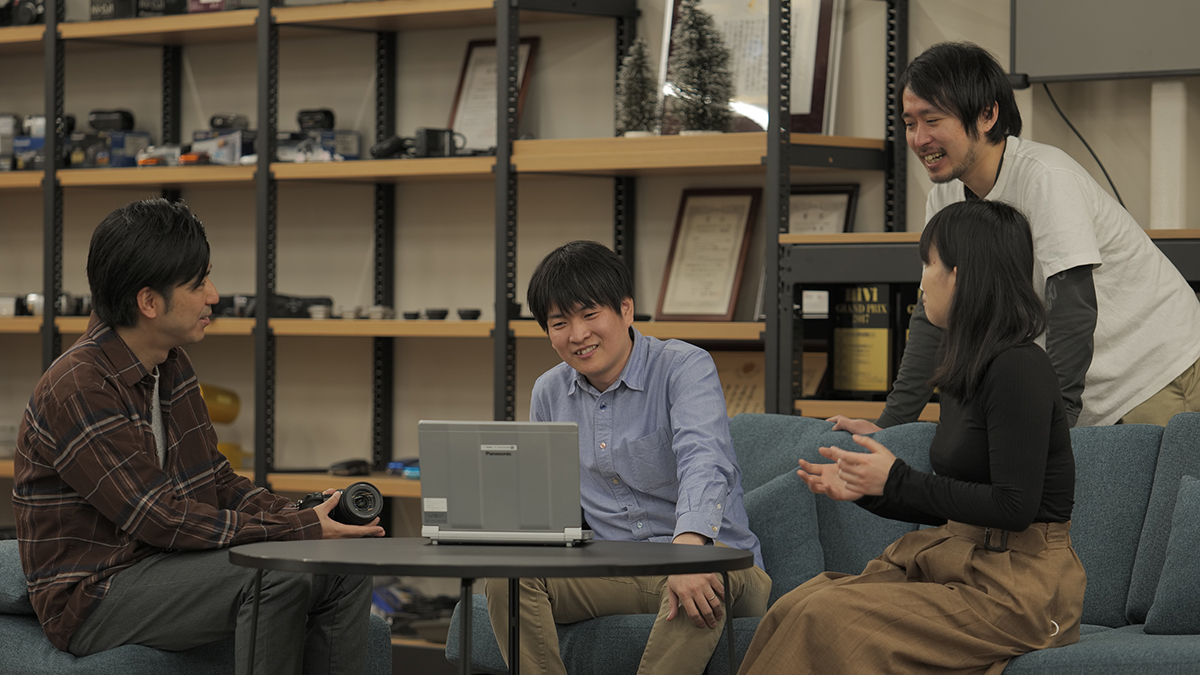

S-R2060 Development story

2 : Optical Design Efforts for Achieving Conflicting Objectives of Ultra-wide Angle and Compact Size
Date : 2021.06.16
Hello, everyone. This is the first part of the two-part blog about the development of the S-R2060.
Kitada and Kudo were in charge of the optical design, and Ichikawa and Matsukawa were responsible for the mechanical design.
When the S-R2060 development project was launched, we first set target specifications, such as “starting focal length of 20 mm for an ultra-wide angle and zoom magnification of three times or more,” “lens barrel smaller than that of a compact standard zoom lens in the market,” “closest focusing distance of 30 cm or less” and “reduced focus breathing for use in cinema applications.”
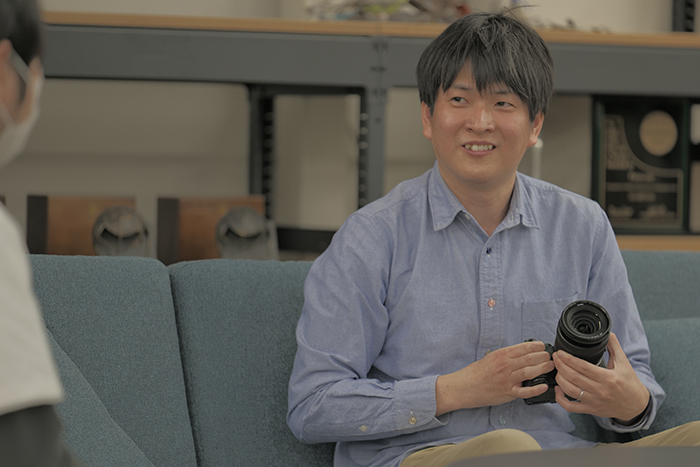
To realize a wide-angle-end focal length of 20 mm, we examined many optical types of reputed wide-angle lenses that covers an ultra-wide angle, but we found it difficult to achieve both high performance and compact size at the same time. So, we decided to take advantage of the mirror-less camera’s large mount opening and short flange back in order to develop an ideal optical type for wide-angle zoom that leverages those features.
The results of our examination led to our decision to create an optical type with its fist zoom component having a positive-value focal length. (See Fig. 1.)
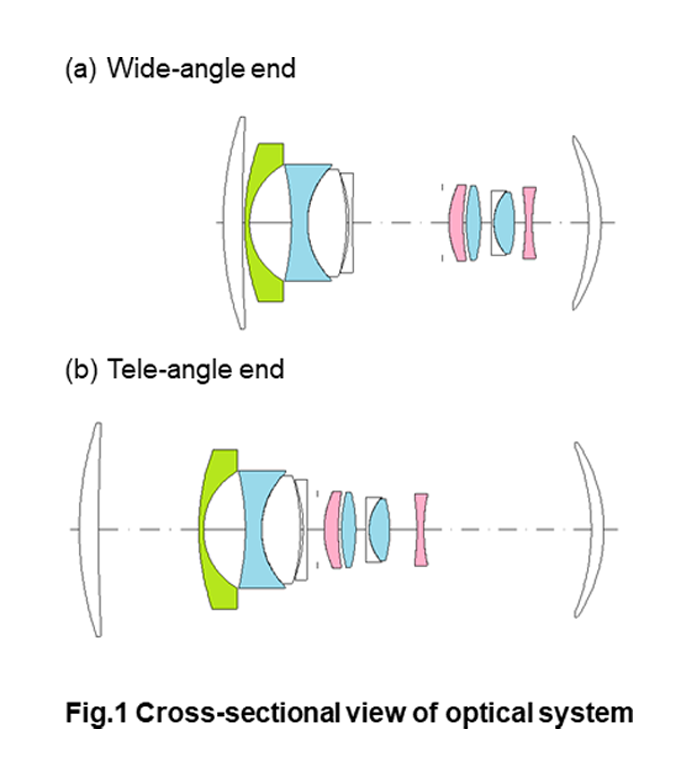
The S-R2060 is configured with two aspherical lenses, three ED lenses and a UHR with a high refractive index arranged in an optimal layout for effective suppression of spherical aberrations, color aberrations and curvature of image field. The result is superb image rendering performance from the center of the image to the periphery. For the manufacturing, we required higher parts precision and introduced optimal optical adjustment to achieve excellent image rendering performance.
As shown by the MTF chart in Fig. 2, the S-R2060 offers high resolution performance even at the image periphery at both wide-angle end and telephoto end even though it is a standard zoom lens with a 20-mm ultra-wide-angle focal length.
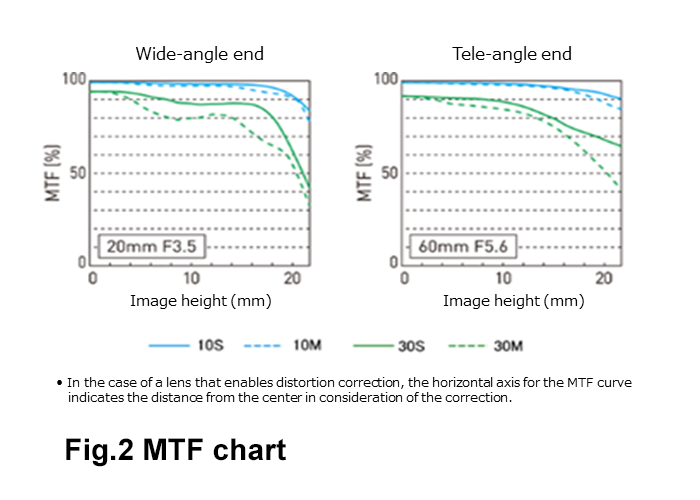
We also reanalyzed the functions required for the zoom lens barrel and strove to use the smallest parts possible and to minimize the number of parts. We conducted structural analysis simulation in reviewing the parts joining conditions, and we integrated multiple functions into a single part in efforts to reduce the size and weight. Downsizing required higher dimensional accuracy, so we forecasted the dimensions of the final molded parts by conducting flow analysis simulation of the resin flowing in the molds during the molding process. Thanks to these efforts, we have achieved a stunning dimensional accuracy with an error of only several microns or less.
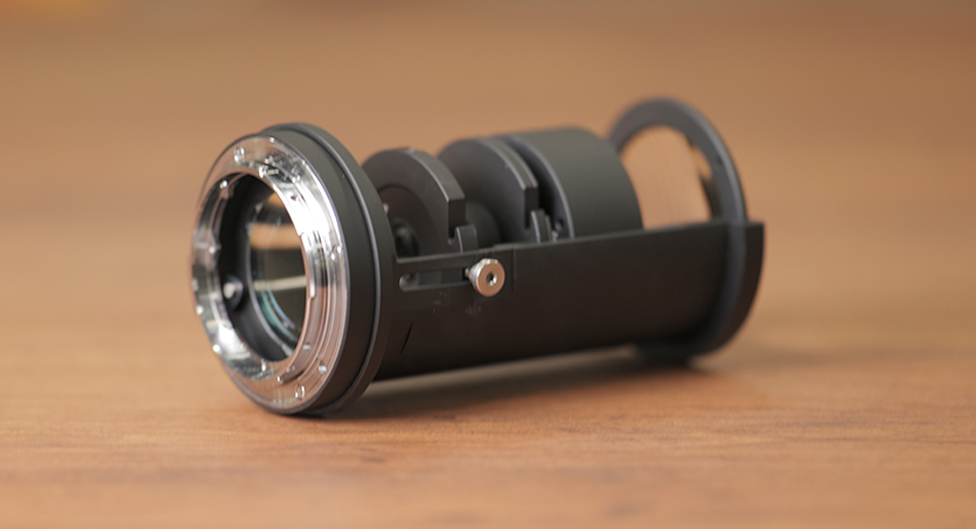
As a result of diligently pursuing the target specifications based on the above mentioned optical design approach and mechanical design approach, we successfully attained the focal length of 20 to 60 mm, F3.5 to F5.6 and the barrel size of Φ77.4 mm x approx. 87.2 mm without compromising the S-R2060’s high optical performance. This means we have realized for the first time in the world a high-performance compact zoom lens covering from an ultra-wide-angle range to a standard range.
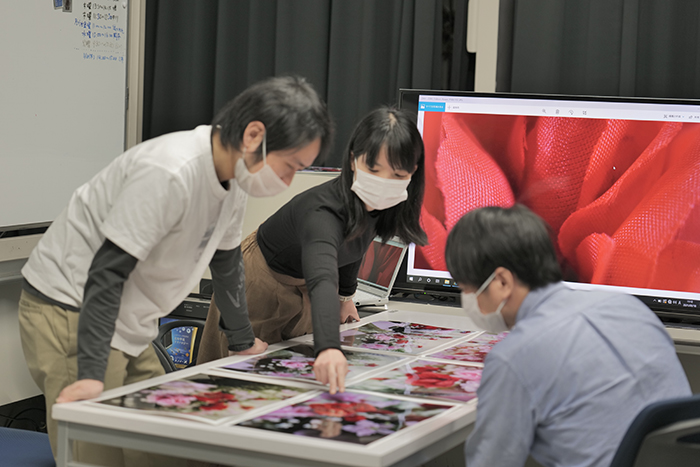
The next topic is closest focusing distance. The focusing distance for taking pictures for table photos is generally said to be 30 cm. However, we felt 30 cm was still too far for taking good pictures of food or small items from the sitting position, so we examined ways to reduce the closest focusing distance.
For the optical design, we opted for a 5-component zoom configuration for the correction of aberrations over the entire object distance range. In addition, we increased the space between the focus lens group and the final lens on the wide-angle side as much as possible to provide a sufficient focus stroke.
The LUMIX camera’s contrast detection system utilizes the AF control that operates 240 times a second using a stepping motor and the DFD technology to detect contrast peaks quickly for accurate and fast focusing. Therefore, high-speed drive control is possible even though the focus stroke is long.
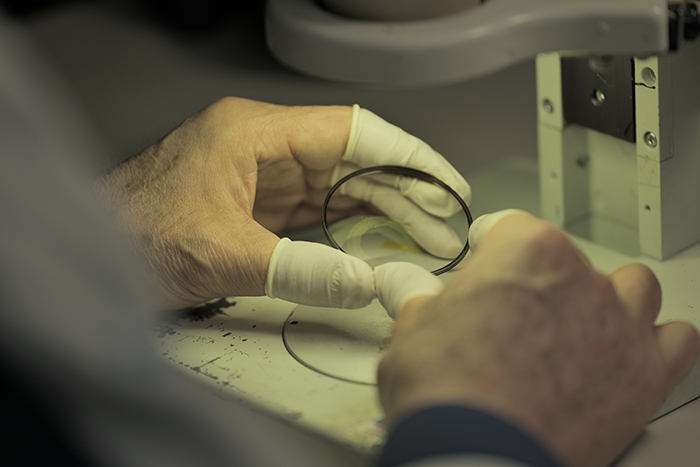
We used both optical simulation and actual shot images to closely study the image rendering performance, and set the closest focusing distance to 15 cm because the resolution performance would be high enough to satisfy the users at this distance limit.
The tip of the lens can be brought as close as about 5 cm from the subject; however, at this distance the lens surface can accidentally contact the subject and gets dirty during macro shooting. To prevent adhesion of dirt, the surface of the lens closest to the subject has a fluorine coating.
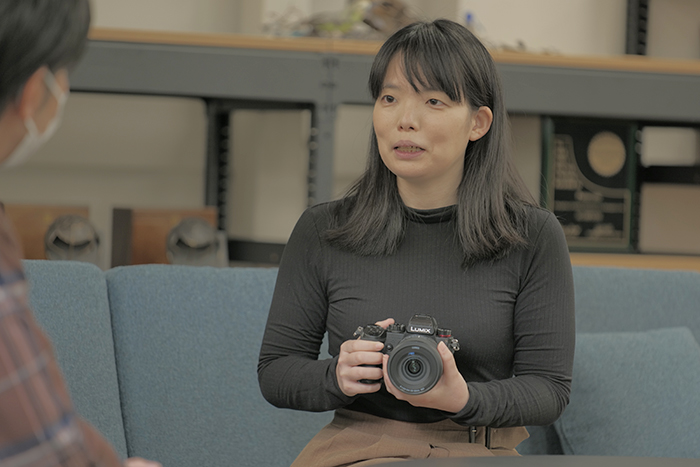
Beautiful bokeh is one of the highlight features of the S series lenses. The S-R2060 lets the user add a dramatic bokeh effect to the background while taking advantage of the deep perspective unique to the wide-angle lens. To realize beautiful bokeh, we used our original image simulation tool that was created before for the development of our PRO lenses to reproduce images with bokeh and optimized the spherical aberration in order to achieve balance between resolution performance and bokeh effect. As a result, the S-R2060 offers beautiful bokeh effects and provides high resolution performance at the same time. It also realizes a near-circular bokeh shape with minimal vignetting even at the image periphery.
We also examined the mechanical design for improving the quality of bokeh. The S-R2060 features an iris diaphragm with nine aperture blades to create a natural, circular bokeh shape. When the number of aperture blades is increased, the shape of the diaphragm opening becomes closer to a perfect circle, thus making the bokeh rounder and more natural-looking. What’s more, the contours of the individual blades that form the opening are designed to resemble the shape of smoothly connected circles so that the nine same-shape blades create a nearer-perfect-circle opening.
In the next blog, we will discuss about the optical design for suppressing focus breathing and how we achieved both high design quality and excellent operability.
S-R2060 Development Story

